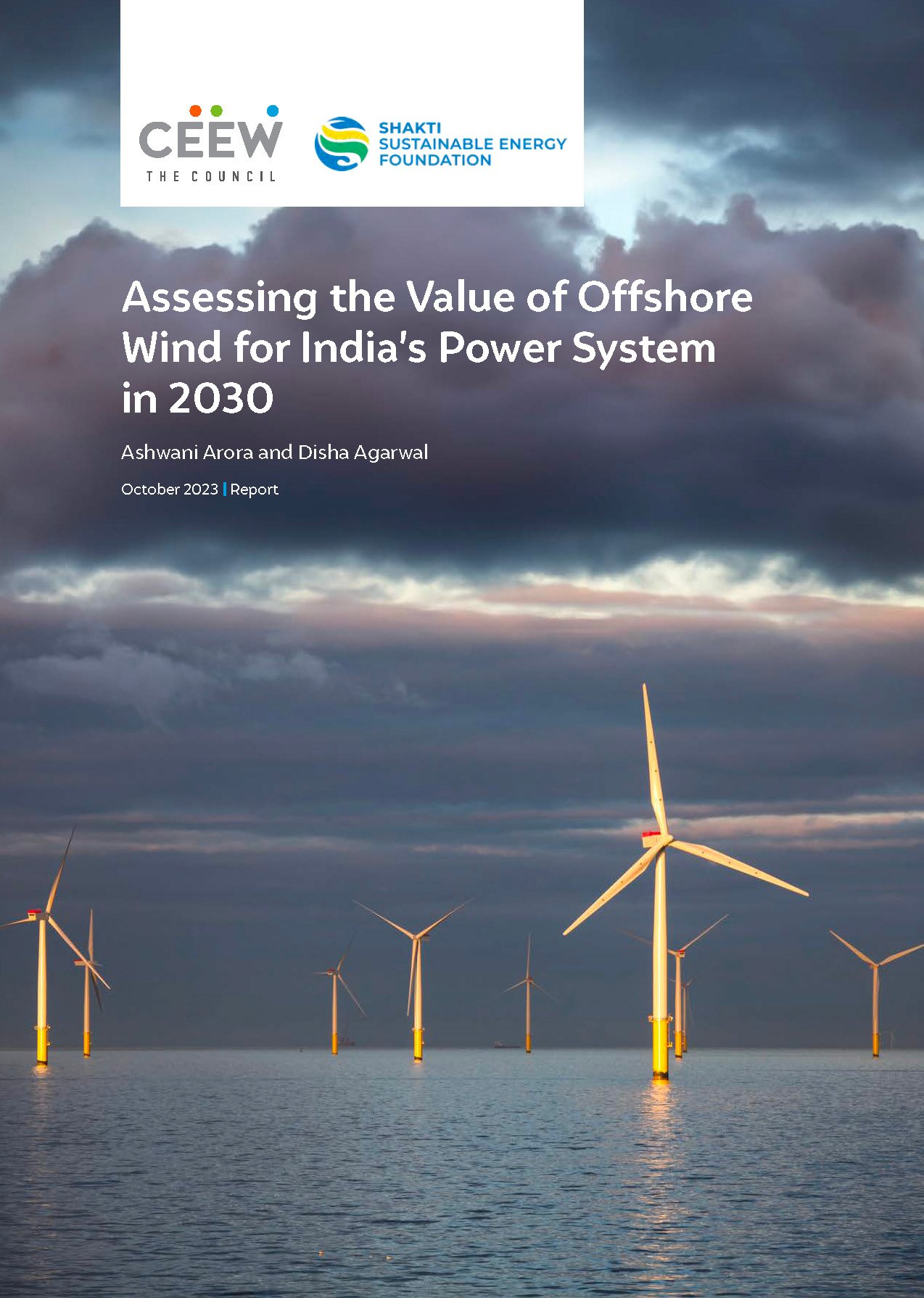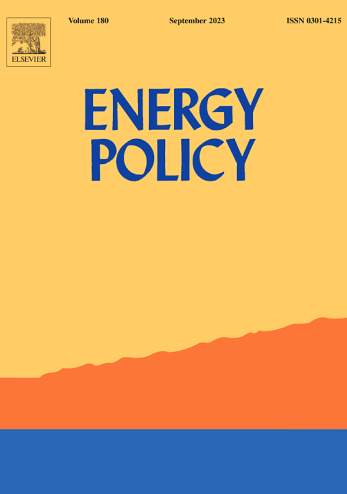



Ashwani Arora, Disha Agarwal
October 2023 | Power Markets
Suggested citation: Arora, Ashwani, Disha Agarwal. 2023. Assessing the Value of Offshore Wind for India’s Power System in 2030. New Delhi: Council on Energy, Environment and Water.
This first-of-its-kind analysis examines the case for India to promote offshore wind development by assessing the contribution it can make in managing power system operations in future. It examines the implications of adding offshore wind in the state of Gujarat for power system adequacy and reliability, requirement of operational reserves, ramping capabilities of the system, and grid balancing requirements.
India plans to deploy offshore wind projects along Gujarat and Tamil Nadu coasts. Although the technology is commercially advanced, the cost of generation is high compared to other mainstream renewable energy (RE) options. To reduce costs, India’s efforts are currently focused on creating a bidding pipeline, introducing appropriate business models, augmenting infrastructure, building implementation capacities, and creating willing buyers. However, it is equally important to understand if the technology has the capability to lower the overall cost of system operations in the future. Such assessments can help inform system planning and operational strategies to achieve a decarbonised electricity system.
Introduction of offshore wind could enable cost-effective and reliable system operations by:
An offshore wind farm comprises several large-sized turbines (of 5 to 10 MW each), typically anchored to a foundation structure located on the seabed. These turbines utilise the kinetic energy of high-speed winds blowing over the sea waters to produce electrical energy. The electricity thus generated is transmitted through undersea cables to an offshore sub-station, from where it is further evacuated to an onshore pooling sub-station.
Offshore wind technology can generate the highest amount of energy per unit of installed capacity when compared with onshore wind and solar photovoltaics. It helps address the emerging land constraints for large-scale RE deployment. Further, harnessing high-speed and better quality offshore wind resources can also contribute to ensuring energy security.
The National Institute of Wind Energy has identified a potential of about 70 GW that is spread across 16 offshore zones of Tamil Nadu and Gujarat coasts. As of now, India does not have any active offshore wind projects. However, it aims to bid out 37 GW worth of capacity by 2030.
High capital cost of the technology, lack of domestic supply chains and turbine models suited to Indian wind regimes, non-availability of resource related datasets, and complexities in securing approvals and clearances are key challenges impacting adoption of offshore wind in India.
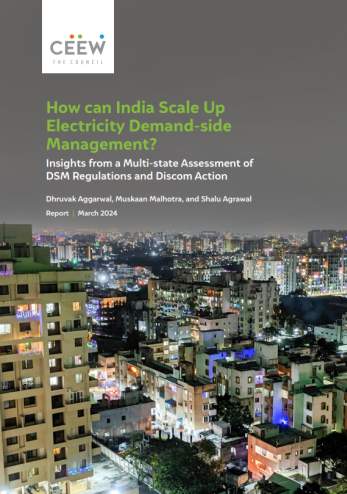
How can India Scale Up Electricity Demand-side Management?
Dhruvak Aggarwal, Muskaan Malhotra, Shalu Agrawal
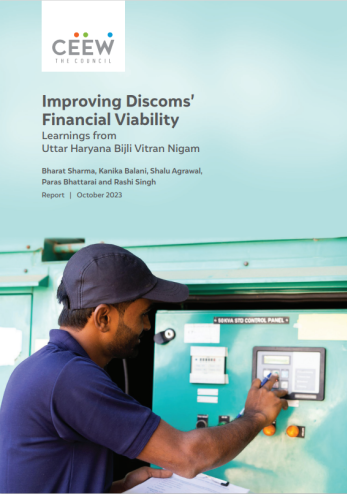
Improving Discoms’ Financial Viability
Bharat Sharma, Kanika Balani, Shalu Agrawal, Paras Bhattarai, Rashi Singh
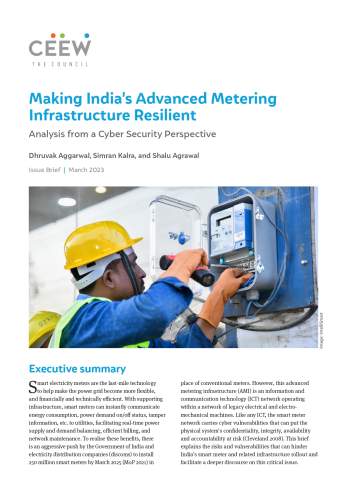
Making India’s Advanced Metering Infrastructure Resilient
Dhruvak Aggarwal, Simran Kalra, Shalu Agrawal
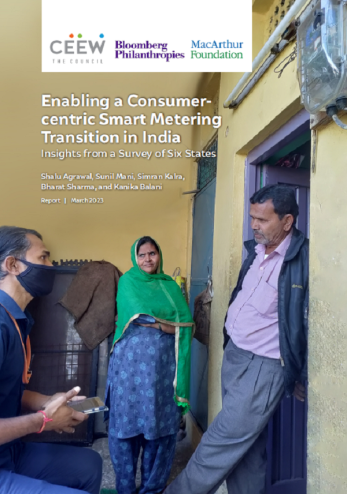
Enabling a Consumer-centric Smart Metering Transition in India
Shalu Agrawal, Sunil Mani, Simran Kalra, Bharat Sharma, Kanika Balani
